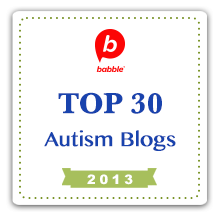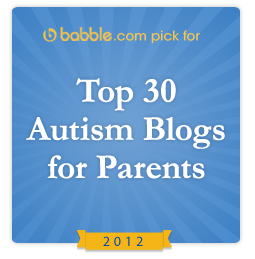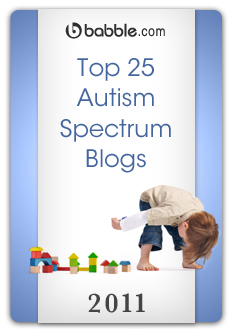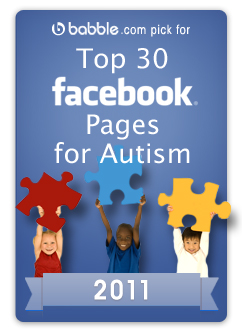Autism is a complex neurological disorder of human beings which include different impairments in social and communicative study. It is mainly caused due to connections of the nerve cells in the brain being different than in an average human. However, that does not always result in a derogatory condition. Indeed, it has been observed that while most autistic people have an inability to communicate properly with the society, their non-verbal and cognitive skills are far higher than any average person. These include various fields like drawing, music or their capability to learn new things. Autism can be recognized in the first three years of any child’s life.
No two persons in autism have the same behavioural pattern. That is what makes autism so difficult to control. Autism can be classified into various forms including the Autistic Disorder, the most common form of autism. This is characterized by inability to communicate verbally and performance of repetitive behaviours. In Asperger’s Syndrome, people are characterized by often high non-verbal test IQ, but possession of limited interest in society. For girls, Rett Syndrome is the most common form. These girls start normally, but by 1 to 4 years, they develop signs of autism. Pervasive Development Disorder (or PDD) is used for children who do not fit into any known categories. Along with these, another term common in context to autism is Childhood Disintegrative Disorder, used to classify children who develop normally for 2 years but regress after that.
The Genetics of Autism
Autistic children can be taught to behave normally with people by repetitive advices on how to interact properly. It has been found that autism is more common in identical twins who share the same genetic blueprint than in fraternal ones. The concordance rate in monozygotic twins is between 60 -90%. This means that monozygotic twin studies, autism appeared in both twins in 60-90% of cases. Autism is undoubtedly connected to genetics at some level, however as recent studies have found out, 20 of the normal genes found might be involved. Various genetic tests are under way to determine the exact mutations responsible for the condition and scientists have identified several genetic abnormalities in autistic people. Dealing with all variations of such a large number of combinations is highly time consuming and hence, the exact cause of autism has not been determined yet. Two genes identified and linked to the condition are Engrailed 2 (EN2) and the Serotonin Transporter. EN2 abnormalities are linked and believed to cause structural changes in the cerebellum, a part of the brain related to motor skills and cognition.
Genetic DNA testing and analysis of the human genome has classified 98% of our DNA as “junk DNA”. Whilst the term is misleading because of the connotations of the word “junk”, we simply do not know what purpose junk DNA serves.
Associated conditions:
- Autism is often seen alongside fragile X syndrome, a condition caused by abnormalities on the X chromosome affecting males more than females and often resulting in mental retardation.
- Although rare, autism also sometimes manifests itself in individuals suffering from tuberous schelorsis.
Studies have pointed that parents with schizophrenia are more susceptible to autistic children, and the chances of autistic children having a new pair of genes missing, as compared to their parents, is huge. Flu or fever for more than a week during pregnancy can also double the chances of bearing autistic children. Though no fixed treatments for autism exist, early treatment of diagnosed children have often proven to be helpful.







No comments yet.